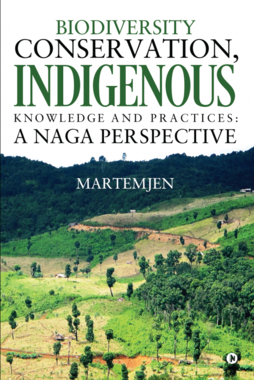
Book Description
Conservationist has been contemptuous of Indigenous peoples and their knowledge. As such, all the modern polices, acts and laws in biodiversity conservation intends to follow a “top down” approach, where decisions to be enacted upon the local people, their land, biodiversity, forest etc are done at the top level without the local peoples consent, which ultimately leads to conflict. As such, the author through this book advocates for the implementation of two pronged policy i.e., “bottom up and top down” approach for a practical and effective biodiversity conservation.While the conservationist, environmentalist and policy makers view the forested lands as the last resort for biodiversity conservation, to the local people it is their only source of livelihood. The author draws attention on the Naga indigenous knowledge system in the light of United Nations Convention on Biological Diversity (UNCBD), through which they were able to sustainable manage and conserve their biodiversity while obtaining their livelihood from the same. This book will help discover a deeper measure and value of the Naga indigenous knowledge system and will act as a resourceful material to students, researchers, activist and local people in their quest to comprehend the important dynamics of biodiversity conservation and indigenous knowledge. It will also serve as a valuable reference for indigenous peoples and policy makers all around the world who seeks to understand and implement indigenous knowledge systems in broader emerging biodiversity conservation policies and strategies.